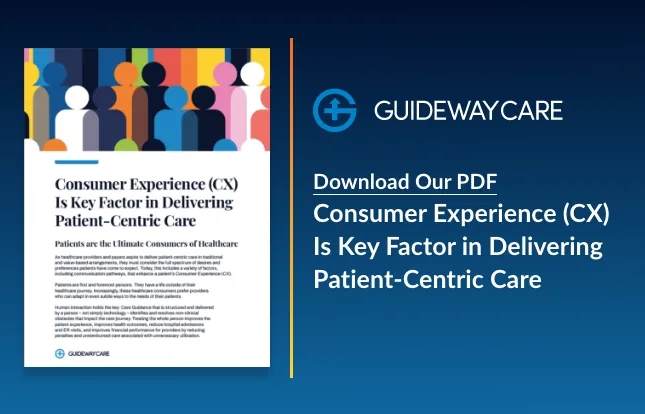Rethinking the Financial Impact of Bundled Payments: A Comprehensive Analysis

Bundled payments have emerged as a transformative approach in healthcare financing. Yet, the question lingers: Is there really a cost reduction in bundled payments? This article aims to shed light on the effectiveness of bundled payments, particularly in reducing healthcare costs.
The Shift To Bundled Payments: More Than Just a Trend
Healthcare providers and insurance companies are increasingly adopting bundled payment models. These models offer a lump sum for an entire episode of care, replacing traditional fee-for-service arrangements. The transition aligns with the broader industry trend toward value-based care. This shift is not merely a financial adjustment; it’s a transformative approach that aims to improve patient outcomes while controlling costs. By focusing on the entire care journey, from diagnosis to treatment and follow-up, bundled payments encourage healthcare providers to optimize service delivery. This, in turn, fosters a more collaborative and accountable healthcare environment.
Are Bundled Payments Truly Effective? A Closer Look at the Data
Research has shown mixed results concerning bundled payment effectiveness. While some studies indicate significant cost savings in specific procedures like hip and knee replacements, the data is less convincing for other medical conditions. For instance, cardiovascular treatments and spinal surgeries have not shown the same level of cost-effectiveness. It’s crucial to note that the effectiveness of bundled payments can be influenced by various factors, such as the healthcare provider’s experience and the complexity of the medical condition. Therefore, a one-size-fits-all conclusion remains elusive.
The Medicare BPCI Initiative
One of the most notable bundled payment programs is the Medicare BPCI. This initiative aims to test whether bundled payments can improve Medicare outcomes while reducing expenditures. However, the program’s success varies depending on the type of medical condition being treated.
Advantages and Limitations
Bundled payments offer a streamlined approach to healthcare financing. Yet, they are not a one-size-fits-all solution. For example, treatments requiring lifestyle changes on the patient’s part may not benefit from this model. You can learn more about the advantages and limitations of this approach.
Take the Next Step in Healthcare Financing with Guideway Care
Navigating the intricacies of healthcare financing can be daunting. Bundled payments offer a promising avenue, yet they come with their own set of challenges and opportunities. If you’re a healthcare provider looking to optimize your payment structures, there’s no better partner than Guideway Care. With a robust portfolio of services and a deep understanding of value-based care models, Guideway Care is poised to help you achieve both cost-effectiveness and high-quality patient care.
Contact Us Today To Learn How We Can Help
"*" indicates required fields




